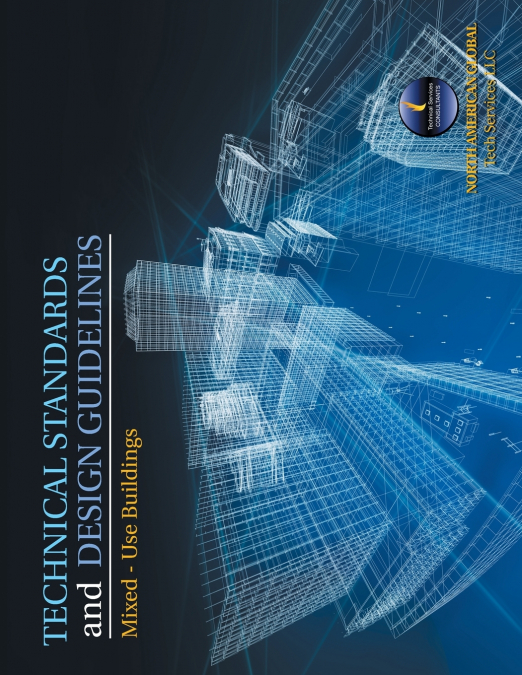
Ranjit Gunewardane
Retail, restaurants, offices, hotel, residential, conference and exhibition centers, and parking are typically being built as part of one large complex. Increasing complexities occur as more and more various types of occupancies are combined into the same buildings.A rapidly developing trend is a desire for mixed-use spaces to support lifestyle activities. An increasing number of people are working from home, so they need flexible mixed-use spaces that can accommodate their lifestyle. People are on the lookout for more luxury amenities, such as full fitness and yoga studios, conference centers with commercial kitchens, rooftop pools and spas, and lobby bars and coffee shops.This Technical Standards and Design Guidelines (TSDGs) contains information intended as minimum standards for constructing and equipping new Mixed Use Building projects. Insofar as practical, these standards relate to desired performance or results or both. Details of Architectural and Engineering are assumed to be part of good design practice and local building regulations.This document covers mixed-use building facilities common to a multitude of individual facilities. Facilities with unique services will require special consideration. However, sections herein may be applicable for parts of any facility and may be used where appropriate.The Property Developer will supply for each project a functional program for the facility that describes the purpose of the project, the projected demand or utilization. The TSDG includes a description of each function or service; the operational space required for each function; the types of all spaces; the special design features; the systems of operation; and the interrelationships of various functions and spaces. The functional program includes a description of those services necessary for the complete operation of the facility. The functional programs could be applied in the development of project design and construction documents.These standards assume that appropriate architectural, engineering and technology practices and compliance with applicable codes will be observed as part of normal professional service and require no separate detailed instructions. Specialist designers adopting the TSDGs are encouraged to apply design innovations and the property developer to grant exceptions where the intent of the standards is met. Sustainability and Energy ConservationEnergy efficiency being a part of the building code requirement in many states, the trend is moving toward achieving it. Higher-performing building envelopes and higher-performing HVAC and lighting systems are some of the essential components to meet current energy codes. The importance of Environmental Sustainability and Energy Conservation is fully considered in all phases of facility design development. Proper planning and selection of building materials, mechanical and electrical systems, as well as efficient utilization of space and climatic characteristics that will significantly reduce overall energy consumption are fully described. The quality of the building facility environment is undoubtedly supportive of the occupants and functions served. New and innovative systems that accommodate these considerations while preserving cost effectiveness has been encouraged. Architectural elements that reduce energy consumption are considered part of the TSDG.In addition to Energy Conservation, buildings will be designed to minimize water consumption and operating costs without reducing occupancy standards, occupant health safety or comfort. Water conservation measures such as water-recycling including gray water and rain water collection, water purification, and sewerage recycling are included for consideration and recommendation in the project specific building energy brief. The integration of innovative water efficiency measures, such as storm water management, rainfall capture, treated effluent reuse, roof gardens and other alternative sources of 3